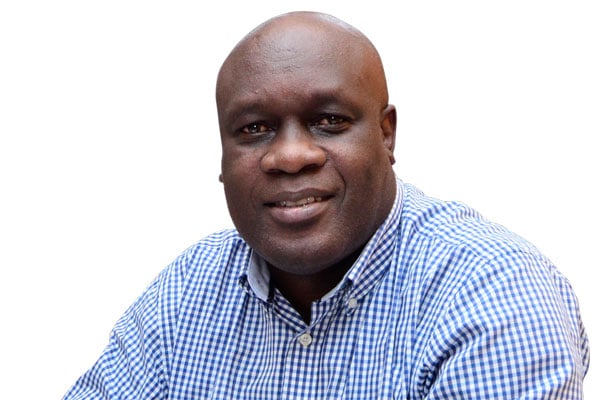Prime
Why the headline should deliver promise to reader

Author: Odoobo C. Bichachi is the Nation Media Group (NMG)-Uganda public editor. PHOTO/FILE.
What you need to know:
- Mr Odoobo C Bichachi says: A balanced story elicits reader satisfaction and enhances trust.
Last week, I got an intriguing call from a reader, Wycliffe. He asked if I had a lot of money that I could afford anything in the world, would I buy a train? Bewildered, I fumbled for an answer. He helped me out: “What constitutes a train?” I responded: Locomotives, wagons, coaches, etc. He then referred me to the headline on page three of Daily Monitor’s February 11 edition. It read: “Govt seeks Shs48b to buy cargo trains, cranes”.
He was right, the headline should have referred to locomotives and wagons or coaches (for passengers), not “cargo trains!” A train is an amalgam of these, it is not a unit! This error was repeated throughout the story.
Now headlines are easily the most important element of a newspaper or any print medium for that matter because they constitute the first, if not second, entry point for the reader; the other being photographs.
“Busy people (which includes all of your readers) scan the newspaper, surveying photos, headlines and cutlines to decide if they want to commit more time to reading the stories that interest them. The photos and headlines are thus important decision-making points. In fact, they may be more important than any paragraph in a normal story. Probably more news consumers see the headlines on page one than read the first graph of even the lead story.” – www.columbia.edu
In the newsroom, however, many editors tend to attach more importance to the fine print (text) of the story, with headlines seen as a burdensome last patch they simply need to get over with to beat deadlines and go home. The result is that many little things can go wrong at the last minute, as was the case here. But there was a bigger problem with the cover headline the same day. It read: “Inside Facebook fight with top NRM officials.”
Government spokesman Ofwono Opondo raised the flag on Twitter. He tweeted: “I read even the fine letters of this lead story but couldn’t spot one single ‘top’ @NRMOnline official mentioned,” dropping a sad emoji and tagging Daily Monitor.
I was tagged by African Centre for Media Excellence (ACME) director Peter Mwesige, who responded thus: “Fair enough. I wonder what NMG-Uganda Public Editor @cbichachi thinks. I wouldn’t be surprised if the headline writer was looking for design balance. ‘Top’ balanced the two decks in headline although it’s not really accurate.”
Well, I read the fine print of the story and both Opondo and Mwesige were right; the headline was inaccurate and carried a tinge of sensationalism! There was no “top” in the story! However, it did give some insights into the activities of accounts taken down by Facebook and Twitter, etc.
The story would, however, have benefitted from some “balance” rather than the monologue of Facebook/Twitter reasons for their actions. For example, is there any merit in President Museveni’s assertion that the social media giants were not “equitable?” in singling out only pro-government accounts? Where there any multiple accounts of “Opposition” activists that shared, liked and amplified political content? What about the hashtags #SecuringYourFuture vs #WeAreRemovingDictator? A balanced story elicits reader satisfaction and enhances trust. Remember, even the devil deserves his due!
Finally, to a February 13 Saturday Monitor story headlined, “Kaggwa came face-to-face with death in the wild.” Steve McKay posted on Facebook, asking: “What is the point of this report? Tourism is really suffering and we get an ‘in-depth’ on one person…to be fair I read until I lost interest. Did I miss something...”
I read the story too. I wanted to see the near death experience in the wild the headline promised. After reading the very long article, I get to a little paragraph at the end about a time the tourist guide and his group of tourists in a van found themselves amid an elephant herd. Did the jumbos charge at them? No! Was there a near death experience? Not in the story! Only in the headline!
So what is the takeaway? “A good headline must be correct (in fact and implication). It must connect to ordinary readers (be easily understood). It must attract attention (using interesting, active words). It must set (or match) tone of the article. It must deliver the promise.”
Send your feedback/complaints to
[email protected] or
call/text on +256 776 500725.



